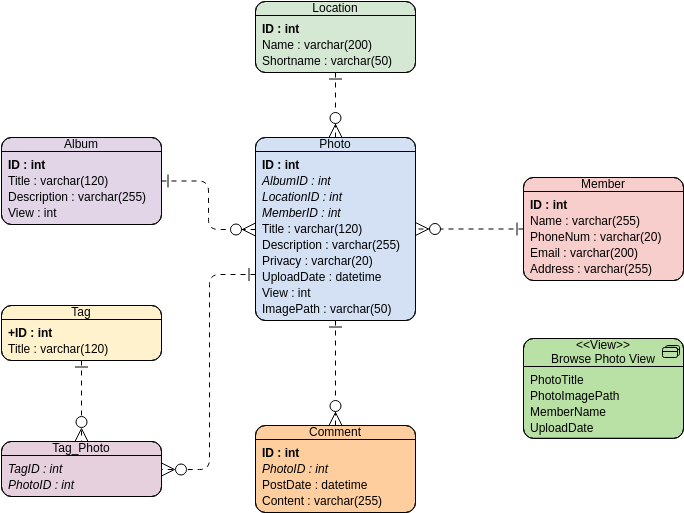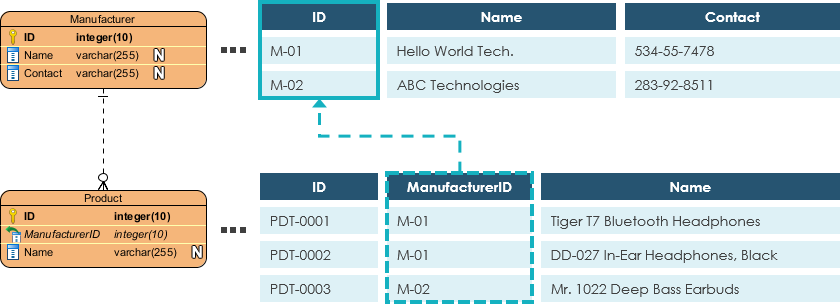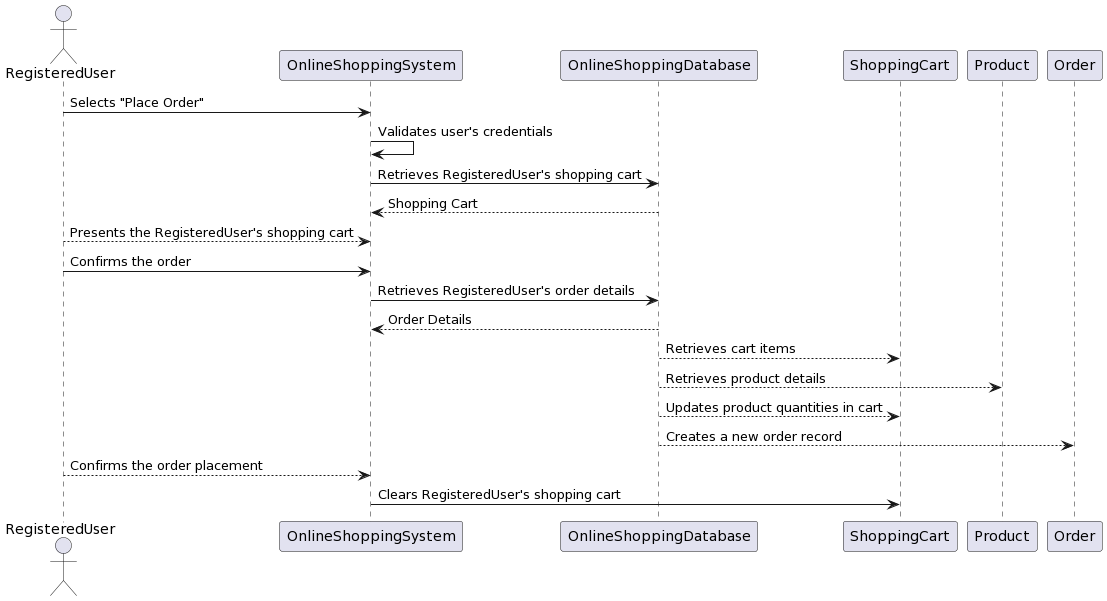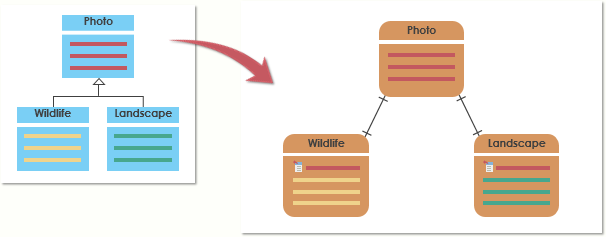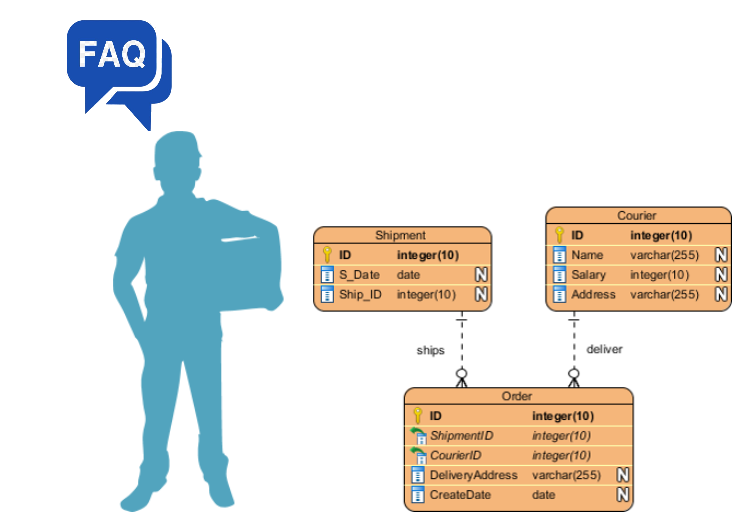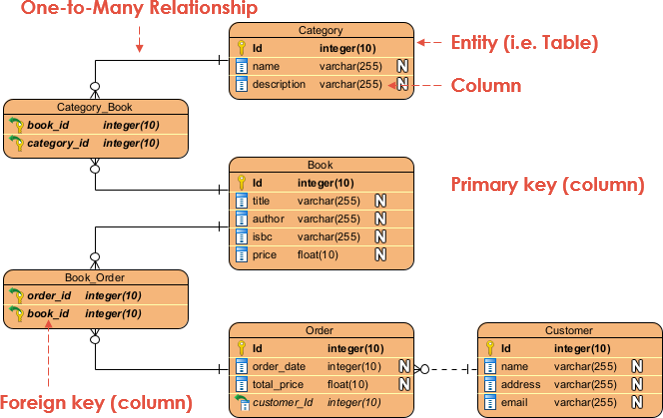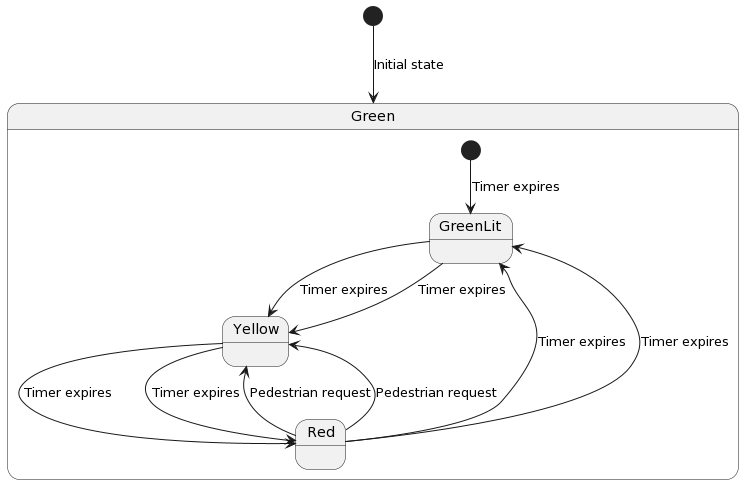Optimizing Data Management: A Journey from Denormalization to Normalization
Introduction: In the realm of database design and management, the art of structuring data is as crucial as the data itself. Imagine you're tasked with managing a library's vast collection of books, authors, and publishers. Initially, you might opt for a simplified, denormalized table to capture all the data. However, as your library grows and the demand for accurate, efficient data management increases, it becomes apparent that this initial approach has its limitations. This journey explores the significance of data normalization in database design by taking a library database as a practical example.…continue reading →


